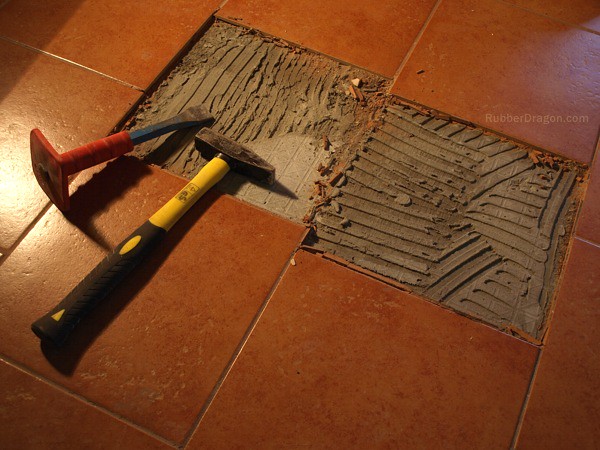Your floors are one of the most used and essential features of your home or business. From daily foot traffic to spills, scratches, and wear, floors endure a lot over time. Whether you have hardwood, tile, laminate, or carpet, maintaining them is crucial to preserving the aesthetic appeal and structural integrity of your space. Timely floor repairs not only ensure the longevity of your flooring but also protect your investment and enhance your property’s overall value. In this blog, we will explore the importance of floor repair, common types of floor damage, and how professional repairs can save you money in the long run.
Common Types of Floor Damage
Every type of flooring material is susceptible to its own unique wear and tear. Here’s a breakdown of common issues:
- Hardwood Floors
Hardwood floors are known for their elegance and durability, but they can still suffer from scratches, dents, and warping due to moisture. Scratches from furniture or pets are common, and over time, even minor damage can detract from the floor’s appearance. If exposed to excessive moisture or humidity, hardwood can also swell and warp, leading to structural damage. - Tile Floors
Tiles are tough and resistant to many forms of damage, but they are not immune to cracks or chips, especially in high-traffic areas or after heavy impact. Damaged tiles not only look unattractive but can also be a tripping hazard. Additionally, cracked tiles can allow water to seep beneath the surface, potentially causing further damage to the subfloor. - Laminate Flooring
While more affordable than hardwood, laminate is susceptible to scratches and water damage. Once the protective layer of laminate is breached, moisture can cause the material to bubble, warp, or peel away. These issues can quickly spread across the floor if not addressed promptly. - Carpeted Floors
Carpeting may not seem like it would require repairs, but over time, it can become worn, develop stains, or loosen from its installation. High-traffic areas are especially prone to visible wear, while poorly maintained carpets can harbor allergens and pests. Restretching or patching carpets can extend their life and maintain a clean, fresh appearance.
The Benefits of Professional Floor Repairs
When it comes to fixing damaged floors, many people are tempted to go the DIY route, but professional repairs often provide better results. Here’s why professional floor repair is worth considering:
- Accurate Diagnosis
A professional can accurately identify the underlying issues that may not be visible to the untrained eye. For example, what appears to be surface damage on hardwood could actually be a sign of moisture damage or a structural issue beneath the floor. - Quality Materials and Techniques
Flooring professionals have access to high-quality materials and specialized techniques that ensure a long-lasting repair. Whether it’s filling in gaps in wood planks, matching new tiles to old ones, or re-stretching carpet, a professional repair will blend seamlessly with the existing floor. - Time and Cost Efficiency
While DIY repairs may seem more affordable at first, improper repairs can lead to bigger problems down the line. Professionals have the tools and expertise to fix the problem quickly and effectively, saving you time and preventing costly future repairs. - Enhancing Aesthetic Appeal
Well-maintained and repaired floors contribute to the overall look and feel of your space. Cracked tiles, warped wood, or worn-out carpet can make an otherwise beautiful room look shabby. By addressing these issues promptly, you maintain the aesthetic appeal of your home or business.
Signs That Your Floor Needs Repair
- Visible Cracks or Gaps
Whether it’s hardwood, tile, or laminate, cracks or gaps are a clear sign that your floor needs attention. For hardwood, gaps between planks can indicate moisture damage, while for tile, cracked grout or tiles can lead to further structural problems. - Water Damage
Any flooring material is vulnerable to water damage. Stains, warping, or soft spots in the floor can all indicate that water has seeped into the floor and caused damage beneath the surface. - Loose or Unstable Sections
If your floors feel unstable or you notice areas that feel spongy or uneven underfoot, it’s important to address these issues right away. These could be signs of underlying damage to the subfloor or foundation. - Discoloration
Stains or discoloration, particularly on carpets and hardwood, are clear indicators that repairs may be necessary. Hardwood can fade or discolor due to sun exposure or water damage, while carpet can develop stubborn stains from spills or wear.
Conclusion
Floor repair is a critical aspect of maintaining the beauty and functionality of your home or business. Addressing minor issues before they become major problems can save you money and preserve the value of your property. Whether it’s patching up a small area of carpet or fixing cracked tiles, professional floor repair ensures your flooring remains in excellent condition for years to come.
